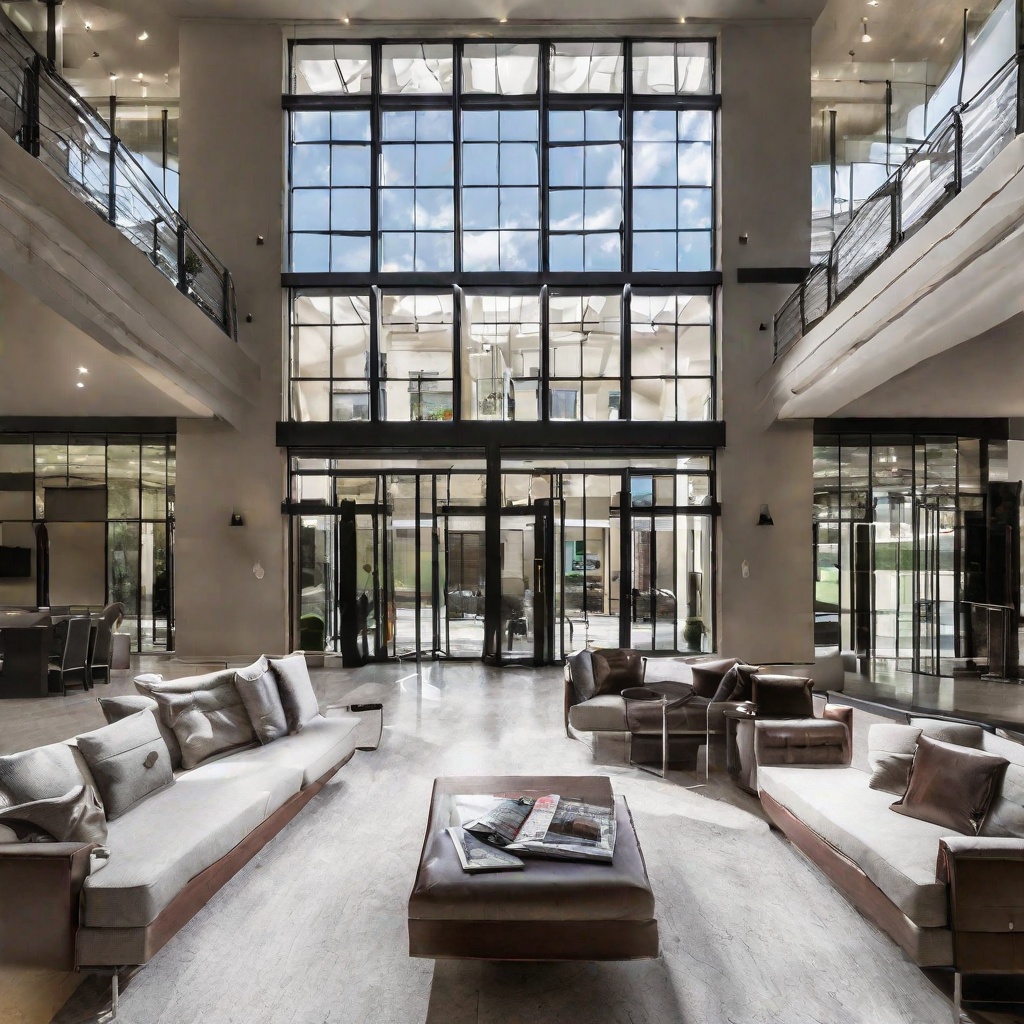Maximize Energy Efficiency With Commercial Windows and Doors

In today’s environmentally conscious world, businesses are constantly seeking ways to reduce their carbon footprint while also cutting operational costs. One effective strategy for achieving both of these objectives is to maximize energy efficiency with commercial windows & doors. These building components play a significant role in regulating indoor temperatures, controlling energy consumption, and enhancing the overall aesthetics of commercial spaces. In this article, we will explore the various ways in which commercial windows and doors can be optimized for energy efficiency, offering long-term benefits to both the environment and your bottom line.
The Importance Of Energy Efficiency With Commercial Windows And Doors
Before delving into the specifics of commercial windows & doors, it’s essential to understand the significance of energy efficiency. Energy-efficient buildings have lower operating costs, produce fewer greenhouse gas emissions, and provide healthier indoor environments. In a commercial setting, reducing energy consumption can lead to substantial savings on utility bills, making it a crucial aspect of sustainable business practices.
Selecting The Right Materials
Choosing the right materials for commercial windows and doors is the first step in maximizing energy efficiency. Some common options include:
High-Performance Glass
High-performance glass is a key component of energy-efficient windows. It comes in various forms, such as double-glazed or triple-glazed windows, low-emissivity (Low-E) glass, and gas-filled windows. These types of glass provide superior insulation and reduce heat transfer, thus preventing temperature fluctuations in commercial spaces. Low-e coatings, in particular, help block harmful UV rays while allowing natural light to enter.
Frame Materials
The material used for window and door frames can significantly impact energy efficiency. Traditional aluminum frames, for instance, are known for their poor insulation properties. Opting for materials like vinyl, fiberglass, or wood can provide better insulation, reducing heat loss and gain.
Proper Installation
Selecting the right materials is only half the battle; proper installation is equally crucial. Improper installation can lead to energy leaks and decreased energy efficiency. It’s essential to work with experienced professionals who understand the intricacies of installing energy-efficient commercial windows & doors. A well-installed system ensures an airtight seal, preventing drafts and heat loss.
Utilizing Energy-Efficient Design
Energy-efficient design goes beyond just the materials and installation; it encompasses the overall layout and orientation of windows and doors in a commercial space.
Strategic Placement
Strategically placing doors and windows can help maximize natural daylight and reduce the need for artificial lighting. North-facing windows, for example, provide consistent, even lighting without the direct glare of the sun, reducing the demand for cooling systems during hot summer months.
Shading Solutions
Using shading solutions like awnings, blinds, or overhangs can mitigate heat gain during the summer while allowing for solar heat gain during the winter. These solutions help maintain a comfortable indoor temperature and decrease reliance on HVAC systems.
Regular Maintenance And Upkeep
To ensure continued energy efficiency, it’s essential to implement a routine maintenance plan for commercial windows & doors. This includes checking for air leaks, damaged seals, and any signs of wear and tear. Proper maintenance ensures that your doors and windows function optimally and continue to provide the desired energy-saving benefits.
Advanced Technology And Automation
In recent years, technology has played a significant role in enhancing energy efficiency in commercial spaces. Smart doors and windows equipped with automation systems can adjust their settings based on external factors such as temperature, sunlight, and occupancy.
Sensors
Sensors, windows, and doors can respond to changing conditions. For instance, windows can automatically tint or blinds can adjust based on the position of the sun. This technology optimizes natural lighting and minimizes the need for artificial lighting.
Building Management Systems
Integration with building management systems allows for centralized control of doors and windows. This means that windows can be opened or closed, shades can be adjusted, and HVAC systems can be fine-tuned to maximize energy efficiency throughout the entire building.
Financial Incentives And Tax Credits
Many governments and local authorities offer financial incentives and tax credits for businesses that invest in energy-efficient improvements, including commercial doors and windows. These incentives can help offset the initial costs of upgrading to energy-efficient solutions and provide a substantial return on investment over time.
Conclusion
Maximizing energy efficiency with commercial windows & doors is not only a responsible choice for the environment but also a financially savvy decision for businesses. The right materials, strategic design, advanced technology, and proper maintenance all play a crucial role in achieving energy efficiency goals. By investing in energy-efficient solutions, businesses can reap the rewards of reduced operating costs, improved employee comfort and productivity, and a smaller carbon footprint, ultimately creating a more sustainable and profitable future.




